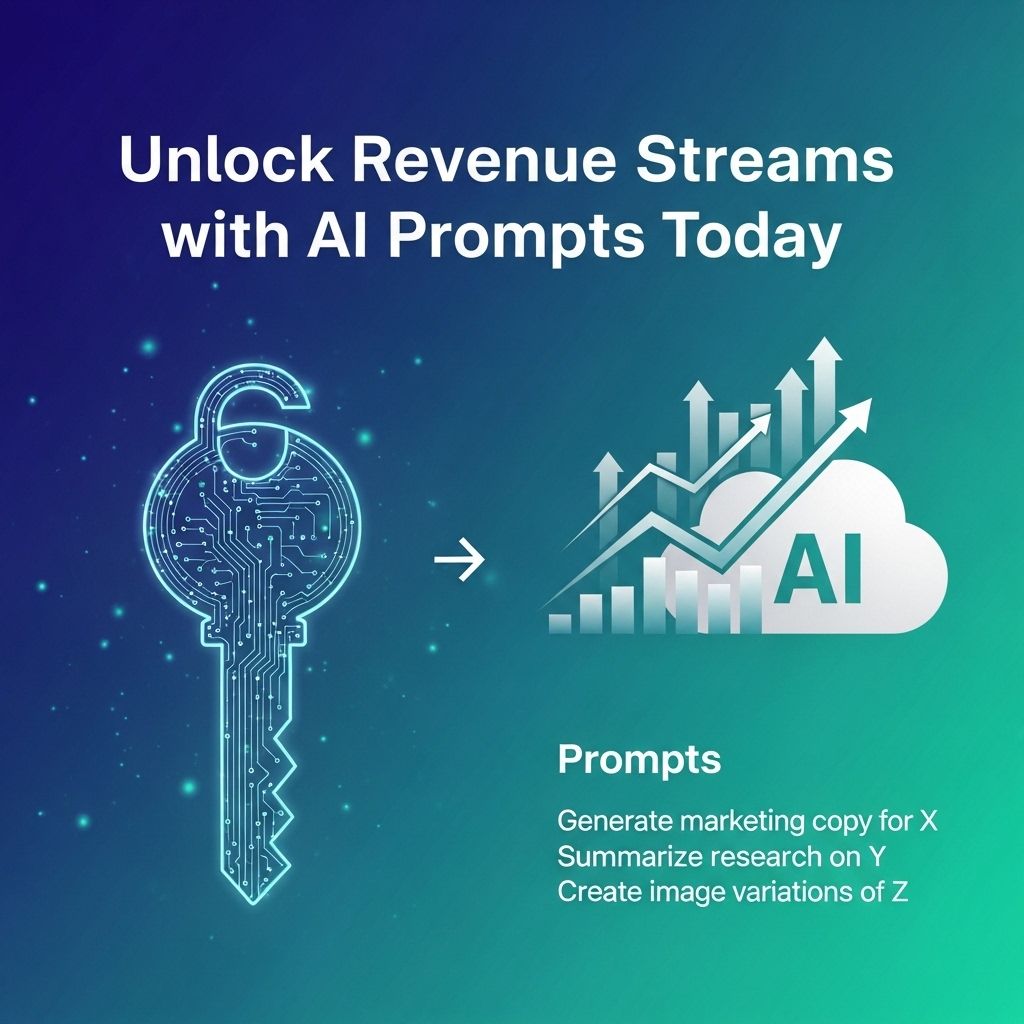In the ever-evolving landscape of e-commerce and pricing strategies, businesses are continuously seeking ways to optimize their revenue growth. One of the most transformative advancements in this realm is the emergence of AI pricing platforms. These innovative solutions leverage machine learning and data analytics to enable companies to make informed and dynamic pricing decisions. This article delves into the functionalities, benefits, and implementation of AI pricing platforms, providing a comprehensive insight for tech-savvy business leaders looking to stay ahead of the competition.
Understanding AI Pricing Platforms
AI pricing platforms utilize advanced algorithms to analyze vast amounts of data and determine optimal pricing strategies. By integrating machine learning, these platforms can continuously learn from market trends, consumer behaviors, and competitive pricing, allowing companies to adjust their prices in real time. The key components of AI pricing platforms include:
- Data Analysis: These platforms aggregate data from various sources, including historical sales data, customer behavior, and competitor pricing.
- Dynamic Pricing: AI pricing tools can adjust prices based on market demand, inventory levels, and competitor actions.
- Predictive Analytics: By employing predictive modeling, businesses can foresee market changes and adjust their pricing strategies accordingly.
- Segmentation: AI can segment customers based on purchasing behavior, allowing for personalized pricing strategies.
Benefits of Implementing AI Pricing Solutions
Enhanced Decision Making
One of the primary advantages of using AI pricing platforms is improved decision-making. The data-driven insights provided by these tools empower businesses to set prices based on factual evidence rather than gut feelings. Key benefits include:
- Reduction in pricing errors
- Timely adjustments to pricing strategies
- Better alignment with customer expectations
Increased Revenue and Profit Margins
Companies that utilize AI pricing platforms often experience significant increases in revenue and profit margins. By optimizing pricing strategies through machine learning, businesses can:
- Capitalize on price elasticity, adjusting prices to maximize sales.
- Identify and eliminate inefficiencies in pricing structures.
- Implement personalized pricing, encouraging higher conversion rates.
Competitive Advantage
In highly competitive markets, leveraging AI pricing platforms can provide a substantial advantage. With real-time data analysis, companies can:
- Quickly respond to competitors’ pricing changes.
- Identify trends and opportunities that competitors may overlook.
- Enhance customer loyalty through tailored pricing strategies.
How AI Pricing Platforms Work
The functioning of AI pricing platforms can be broken down into several key steps:
1. Data Collection
These platforms gather data from a variety of sources, including:
| Data Source | Description |
|---|---|
| Historical Sales Data | Past sales trends provide a baseline for future pricing strategies. |
| Competitor Pricing | Monitoring competitors’ prices helps identify effective pricing strategies. |
| Market Trends | Understanding market dynamics enables proactive pricing strategies. |
| Customer Behavior | Analyzing purchasing patterns informs personalized pricing approaches. |
2. Algorithm Analysis
Once data is collected, advanced algorithms analyze the information to identify pricing patterns and trends. Machine learning models continuously adapt based on new data, ensuring that pricing strategies remain relevant and effective.
3. Price Optimization
Based on the insights derived from data analysis, the platform suggests optimal pricing adjustments. Businesses can choose to implement these changes manually or automate the process for real-time adjustments.
4. Performance Monitoring
After implementing pricing changes, ongoing monitoring is crucial. AI platforms track performance metrics to evaluate the effectiveness of pricing strategies, allowing for further adjustments as necessary.
Challenges in Implementing AI Pricing Platforms
While the advantages of AI pricing platforms are significant, there are challenges businesses may face during implementation:
- Data Quality: The effectiveness of AI pricing platforms is heavily reliant on the quality of data. Inaccurate or incomplete data can lead to poor pricing decisions.
- Integration with Existing Systems: Companies may encounter difficulties in integrating AI platforms with their existing pricing systems and processes.
- Change Management: Employees may be resistant to new technologies, necessitating training and a clear understanding of the system’s benefits.
Steps for Successful Implementation
Successfully implementing an AI pricing platform involves several strategic steps:
1. Define Objectives
Clearly outline what you aim to achieve with the AI pricing platform. This may include increasing revenue, improving pricing accuracy, or enhancing customer satisfaction.
2. Choose the Right Platform
Evaluate different AI pricing platforms based on your business’s specific needs and integration capabilities. Consider scalability, ease of use, and customer support.
3. Invest in Data Management
Ensure that your data is accurate, complete, and well-organized. Invest in data management tools if necessary to maintain data integrity.
4. Train Employees
Provide comprehensive training for employees to familiarize them with the new system and its functionalities. Creating a culture of data-driven decision-making can significantly enhance outcomes.
5. Monitor and Adjust
Continuously monitor the performance of pricing strategies implemented through the AI platform, making adjustments as needed based on real-time data analysis.
Future Trends in AI Pricing
The future of AI pricing platforms is promising, with several trends likely to shape their evolution:
- Greater Personalization: Personalized pricing will become more sophisticated, utilizing AI to tailor prices based on individual customer preferences.
- Integration with Customer Experience: AI pricing will increasingly be intertwined with overall customer experience strategies, ensuring that pricing aligns with consumer perceptions and value.
- Blockchain in Pricing: The integration of blockchain technology may enhance transparency and security in pricing strategies.
Conclusion
AI pricing platforms represent a transformative opportunity for businesses looking to optimize their pricing strategies and drive revenue growth. By leveraging data-driven insights and advanced algorithms, companies can navigate the complexities of modern pricing challenges effectively. As technology continues to evolve, staying informed on the latest developments in AI pricing will be crucial for maintaining a competitive edge in the marketplace.
FAQ
What are AI pricing platforms?
AI pricing platforms are advanced software solutions that use artificial intelligence to analyze market data, customer behavior, and competitive pricing to optimize pricing strategies for businesses.
How can AI pricing platforms help businesses grow revenue?
By utilizing AI pricing platforms, businesses can set dynamic prices that respond to market changes, maximize profit margins, and improve sales conversions, ultimately driving revenue growth.
What industries benefit most from AI pricing platforms?
Industries such as retail, e-commerce, travel, and hospitality benefit significantly from AI pricing platforms due to their reliance on competitive pricing and consumer demand fluctuations.
Are AI pricing platforms easy to integrate with existing systems?
Many AI pricing platforms are designed to seamlessly integrate with existing ERP, CRM, and e-commerce systems, allowing for a smooth transition and minimal disruption to business operations.
What features should I look for in an AI pricing platform?
Key features to look for include real-time data analytics, predictive pricing models, competitor tracking, user-friendly dashboards, and customization options to suit your specific business needs.
How do AI pricing platforms ensure pricing accuracy?
AI pricing platforms employ machine learning algorithms that continuously learn from historical data and market trends, ensuring that pricing strategies remain accurate and competitive.



